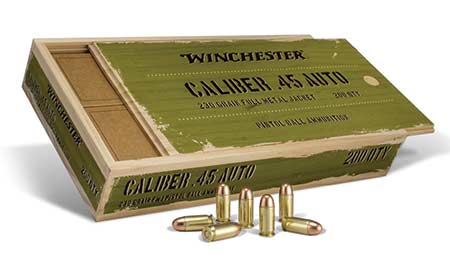 I don’t know what the hell this ‘logistics’ is that Marshall is always talking about, but I want some of it.
I don’t know what the hell this ‘logistics’ is that Marshall is always talking about, but I want some of it.
— Fleet Admiral Ernest J. King
One of our goals in the design of the original Unity of Command was to make supply and logistics as important and easy to grasp as front lines and battle tactics. We want to keep supply front and center in the next game, but there’s some room to improve the system to make it better reflect historical realities.
In UoC1, we traced supply by using supply movement. Supply sources had a number of MPs (movement points) that determined how far supply can reach, similar to how a unit moves. In bad weather, the costs for this movemement got bigger and so hexes that are far away from supply sources became unsupplied. Another way of looking at it is, that the supplied area on the map shrinks during bad weather.
This was how supply disruption due to weather was intended to work. However, in practice, scenario designers simply compensated for bad weather by giving a bigger supply range. There is some logic to that, as the game becomes potentially unplayable otherwise, but the result is there is no meaningful supply disruption in scenarios where there definitely should be, for example in Taifun.
Supply Hubs
Before I explain how we intend to improve on this, let me introduce Supply Hubs. They’re new.
In the new game, like before, supply emanates from Supply Sources, which are typically rail hexes just outside the map’s edge. Supply travels along rail, but does not expand from rail lines automatically like before. Instead, you need to place Supply Hubs in suitable locations. A Supply Hub then spreads supply from its own location, i.e. from where you placed it on the rail line.
The outstanding difference here is that, there is no “infinite travel along rail” for supplies any more. You get more of a hand in shaping your supply network: for example, in deciding where to place your supply hubs to counter the danger of enemy cutting your units off. You can also increase the range of some of the hubs by commiting logistics assets, however these assets will now cost prestige to acquire.
Note: we’re trying real hard not to drown the game with too much new stuff. Therefore, in the UI, a Supply Hub presents essentially as a supply-focused HQ. It can be moved, but then it loses the ability to supply or has it diminished. It may also get attacked and destroyed just like a normal HQ.
Supply Disruption
A Supply Hub always attempts to supply units within a fixed area. This is important: your supply services will attempt to supply units in this area no matter what. The area itself never shrinks due to bad weather.
When supply is disrupted by bad weather, a percentage of units will be rendered out of supply. This happens at the start of a turn, and is determined at random, but not entirely random. Units closer to the hub and those already out-of-supply are more likely to be supplied. Likewise, elite units get preferential treatment. Units that are farther away from the hub, and those that must trace supply across mud/snow are more likely to come up empty handed.
Generally, this should make a supply disruption look realistic, with unsupplied units appearing about where you’d expect them, but still randomly. When you get bad weather, you always get supply disruption, although the effect is not strong over one turn. Over a number of turns though, it’s decidedly not funny.
Regardless of the disruption, an HQ can still use its Emergency Supply ability to push supplies to a key division or two. This costs the HQ command points, as it should, as it’s not the best use of their time or assets. However, we don’t want some crucial plan or attack to fall through due to RNG alone.
Overall, we feel this less system will give commander’s supply difficulty more of an authentic feeling than the completely binary supply mechanics of the original.
More Disruption
Scenario designers may also set up some off map circumstances that give rise to supply disruption.
For example, the designer of a Kasserine Pass scenario can say that, after turn 2, Axis supply will be reduced to 80% because of Allied bombings of Axis convoys. Bonus objectives in one scenario can affect the next in a campaign, too – if the Allies capture vital Channel Ports shortly after Overlord, in the next scenario they will suffer from less supply disruption.
The incorporation of supply disruption will allow for more organic and compelling rewards for achieving bonus objectives than just additional prestige. It should make for an interesting addition to our dynamic campaign designs, and not just a sweet gameplay mechanic.

9 Responses to Development Diary 5 – The Supply Network